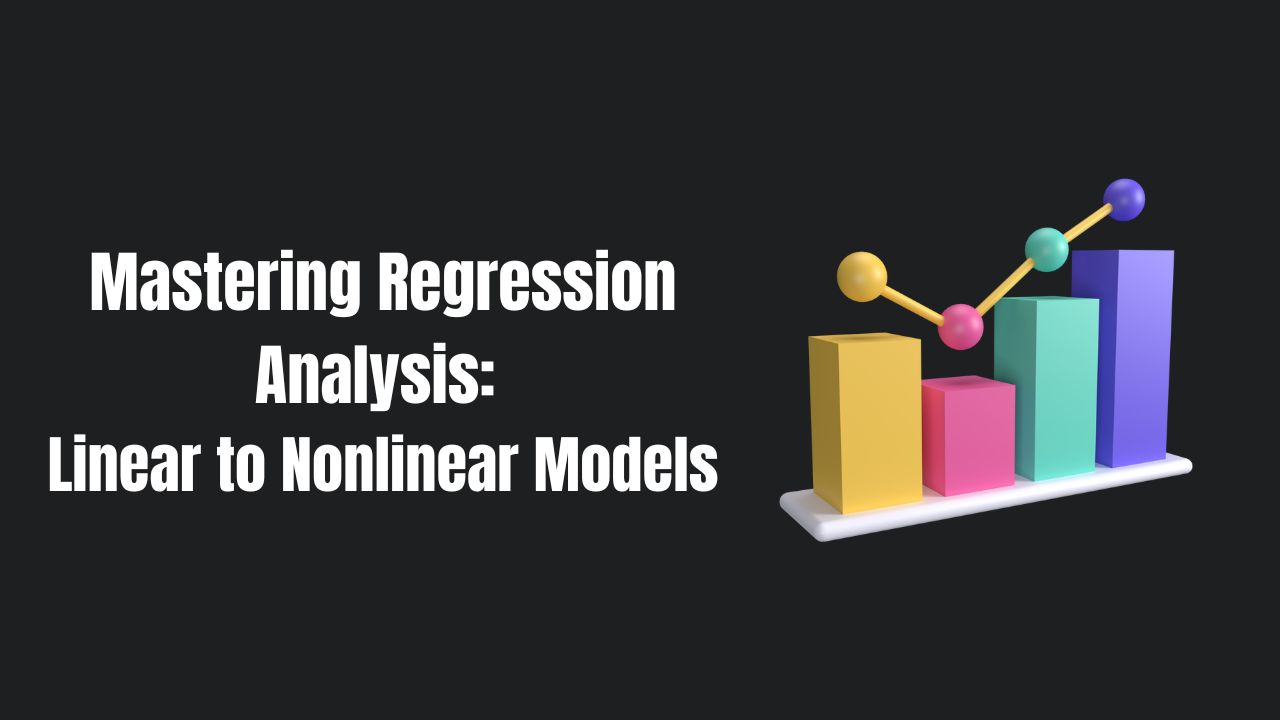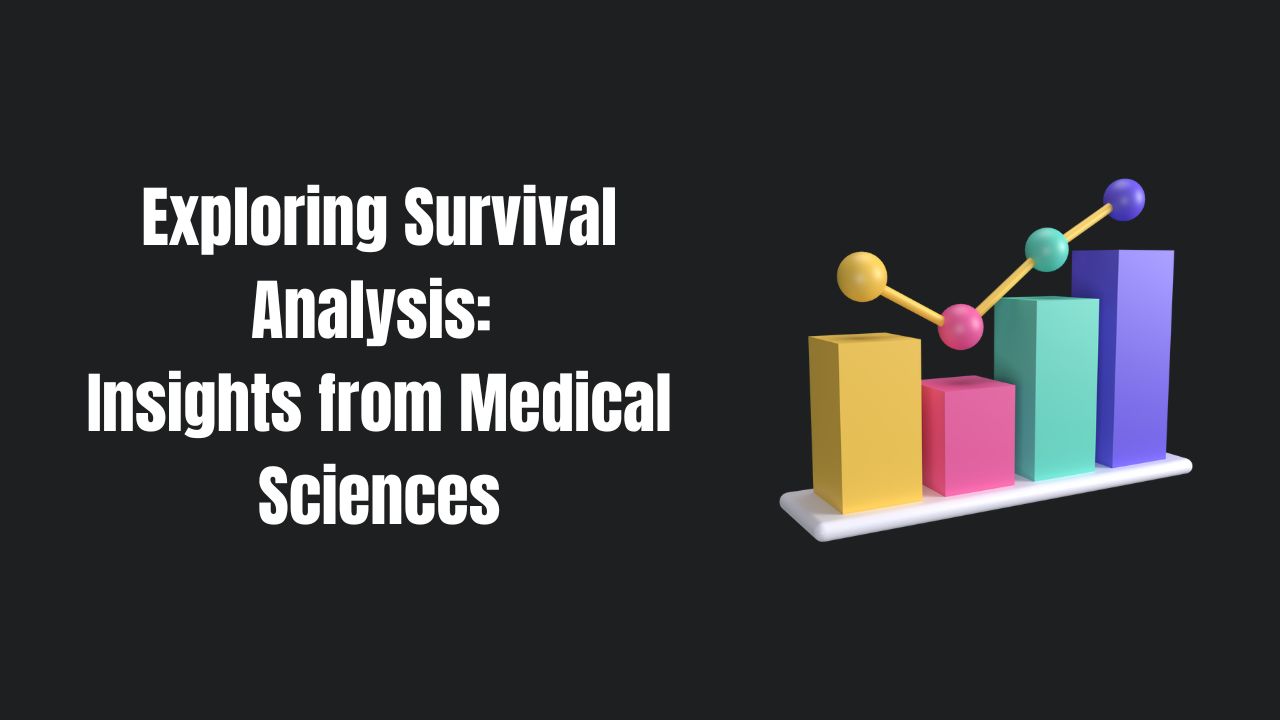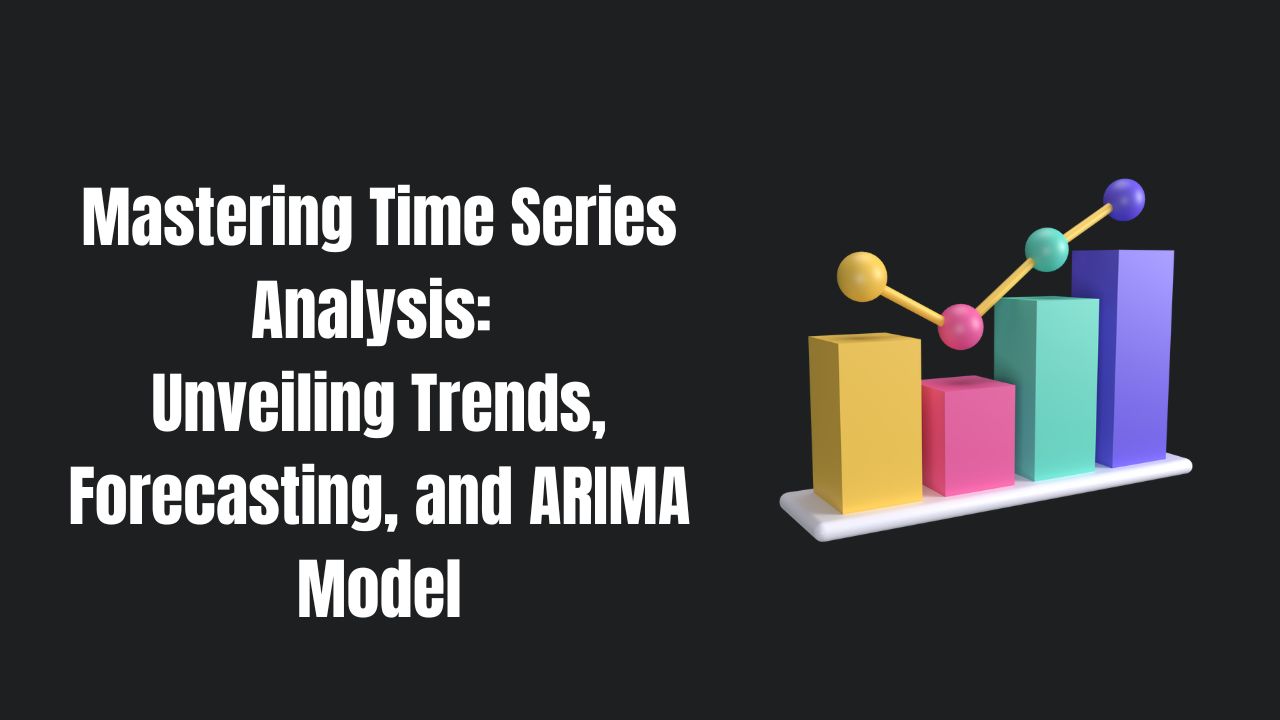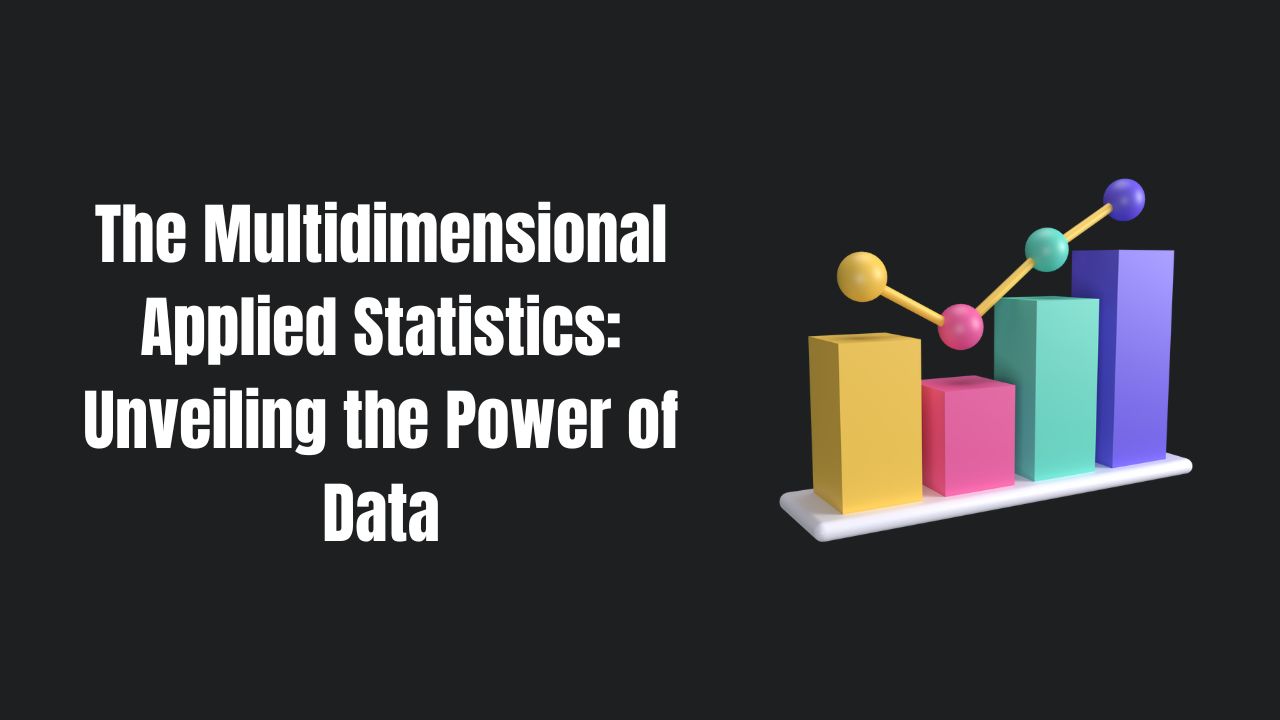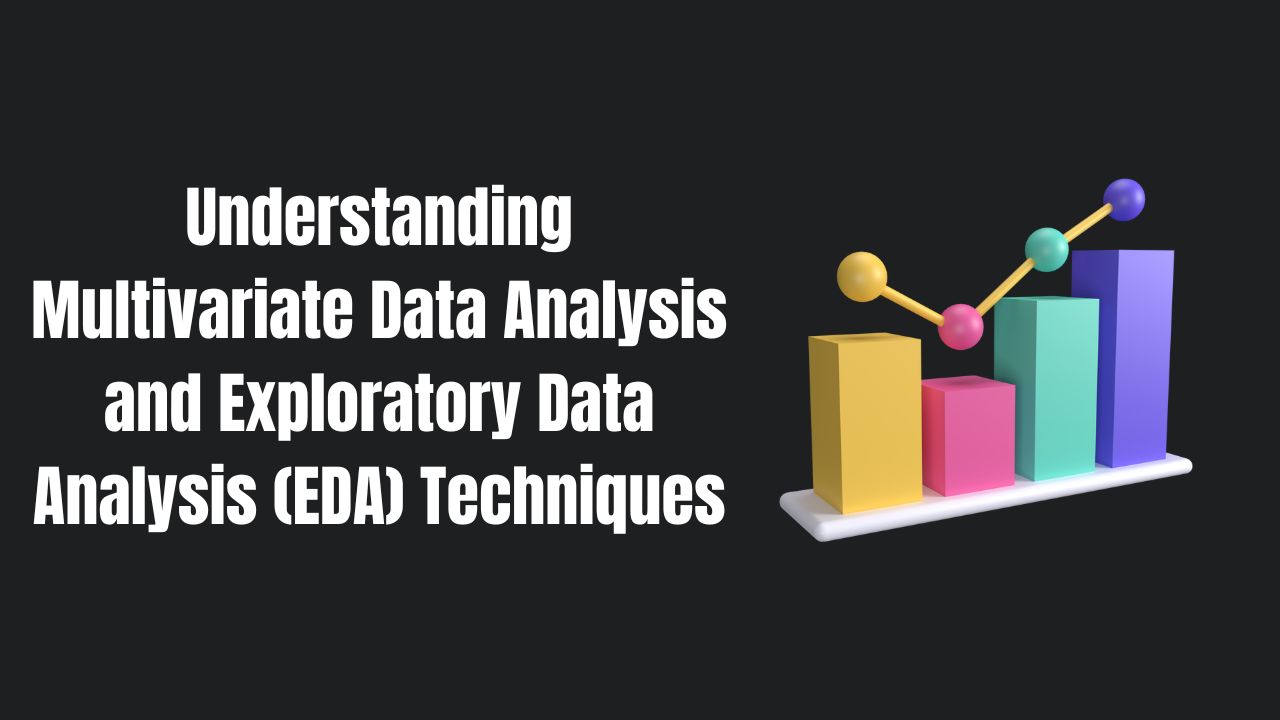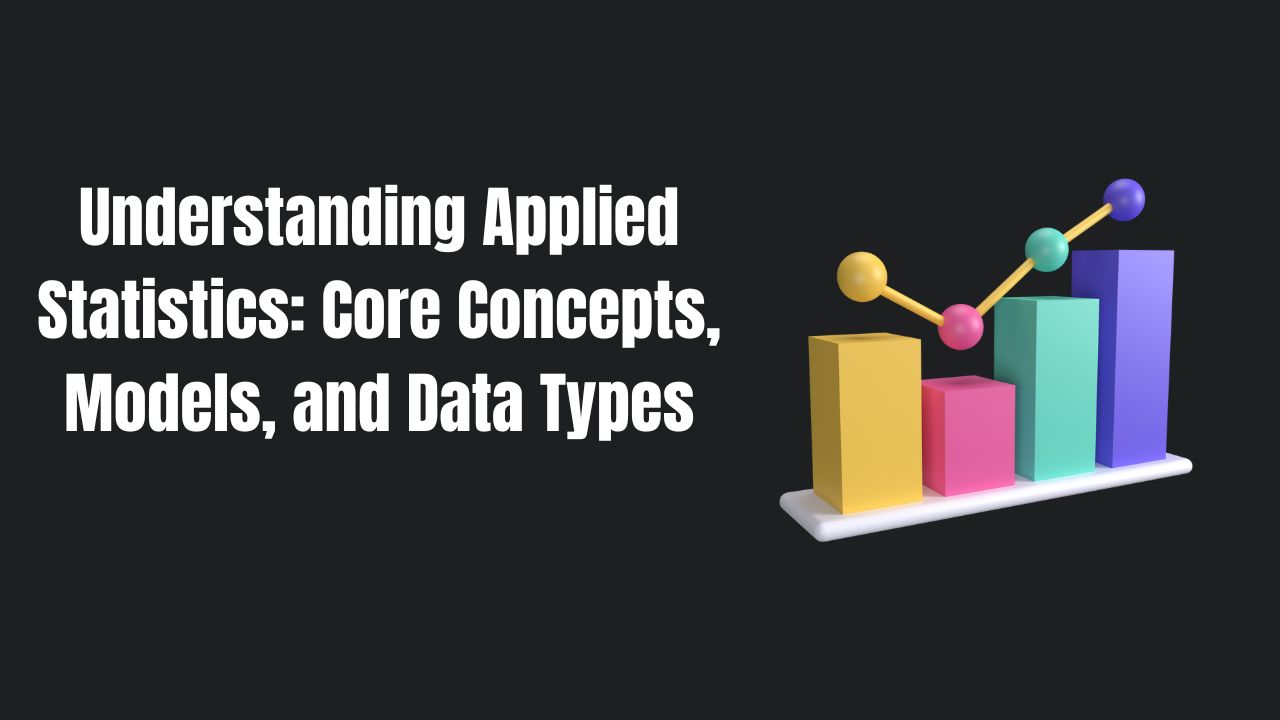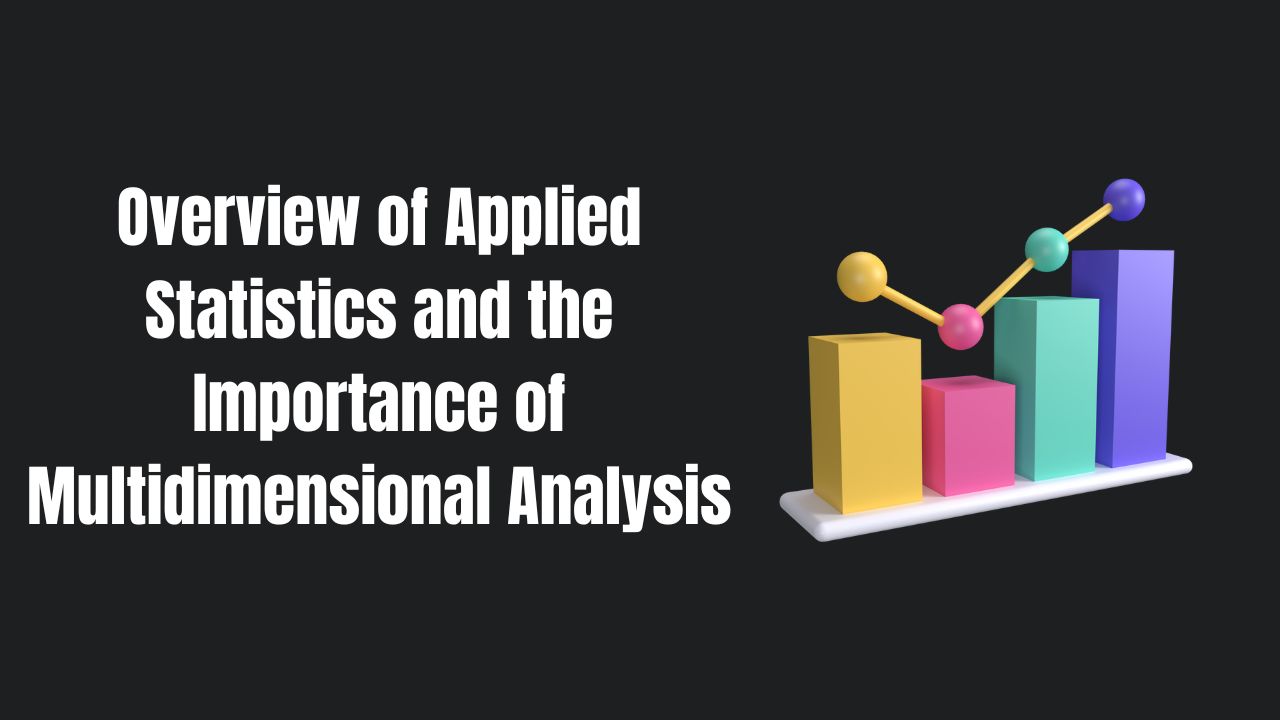Introduction:
Regression analysis is a fundamental statistical technique used in various fields, from economics to machine learning, for modelling and predicting relationships between variables. In this article, we’ll explore the diverse world of regression analysis, covering linear regression models, nonlinear regression, polynomial models, multiple regression analysis, and the art of predictive modelling using regression.
Linear Regression Models:
Linear regression is the simplest form of regression analysis and is used when we want to understand the linear relationship between two variables. The equation for a simple linear regression model is:
Y = β0 + β1X + ε
Here, Y is the dependent variable, X is the independent variable, β0 is the intercept, β1 is the slope, and ε represents the error term.
Example: Predicting house prices based on the square footage of the house is a classic example of linear regression.
Nonlinear Regression and Polynomial Models:
Sometimes, the relationship between variables is not linear but follows a more complex pattern. In such cases, nonlinear regression comes to the rescue. Polynomial regression is a subset of nonlinear regression where we use polynomial functions to fit the data.
Example: Modeling the growth of a population over time, where the relationship is not linear but follows a curve, would require a nonlinear regression model.
Multiple Regression Analysis:
In real-world scenarios, we often deal with multiple independent variables influencing a single dependent variable. Multiple regression analysis extends linear regression to accommodate multiple predictors:
Y = β0 + β1X1 + β2X2 + ... + βpXp + ε
Here, Y is the dependent variable, X1, X2, ..., Xp are the independent variables, β0 is the intercept, β1, β2, ..., βp are the coefficients, and ε represents the error term.
Example: Predicting a person’s salary based on factors like education, experience, and location involves multiple regression.
Predictive Modeling with Regression:
Regression models are powerful tools for making predictions. The steps for predictive modelling with regression are as follows:
- Data Preparation: Gather and clean your dataset, ensuring it’s suitable for regression analysis.
- Model Selection: Choose the appropriate regression model based on the data’s characteristics. It could be linear, nonlinear, or even multiple regression.
- Model Training: Split your dataset into training and test sets. Use the training set to train your model.
- Model Evaluation: Evaluate your model’s performance using metrics like Mean Squared Error (MSE), R-squared, or Mean Absolute Error (MAE) on the test set.
- Prediction: Once your model is trained and validated, you can use it to make predictions on new, unseen data.
Example: Suppose you have historical data on stock prices and want to predict future prices. You can use regression to model the relationship between various factors (e.g., market sentiment, company performance) and stock prices, enabling you to make informed investment decisions.
Conclusion:
Regression analysis is a versatile and powerful tool for modelling relationships between variables and making predictions. Whether it’s a linear, nonlinear, or multiple regression model, understanding these techniques empowers you to extract valuable insights from data and make informed decisions in various domains, from finance to healthcare to marketing.
